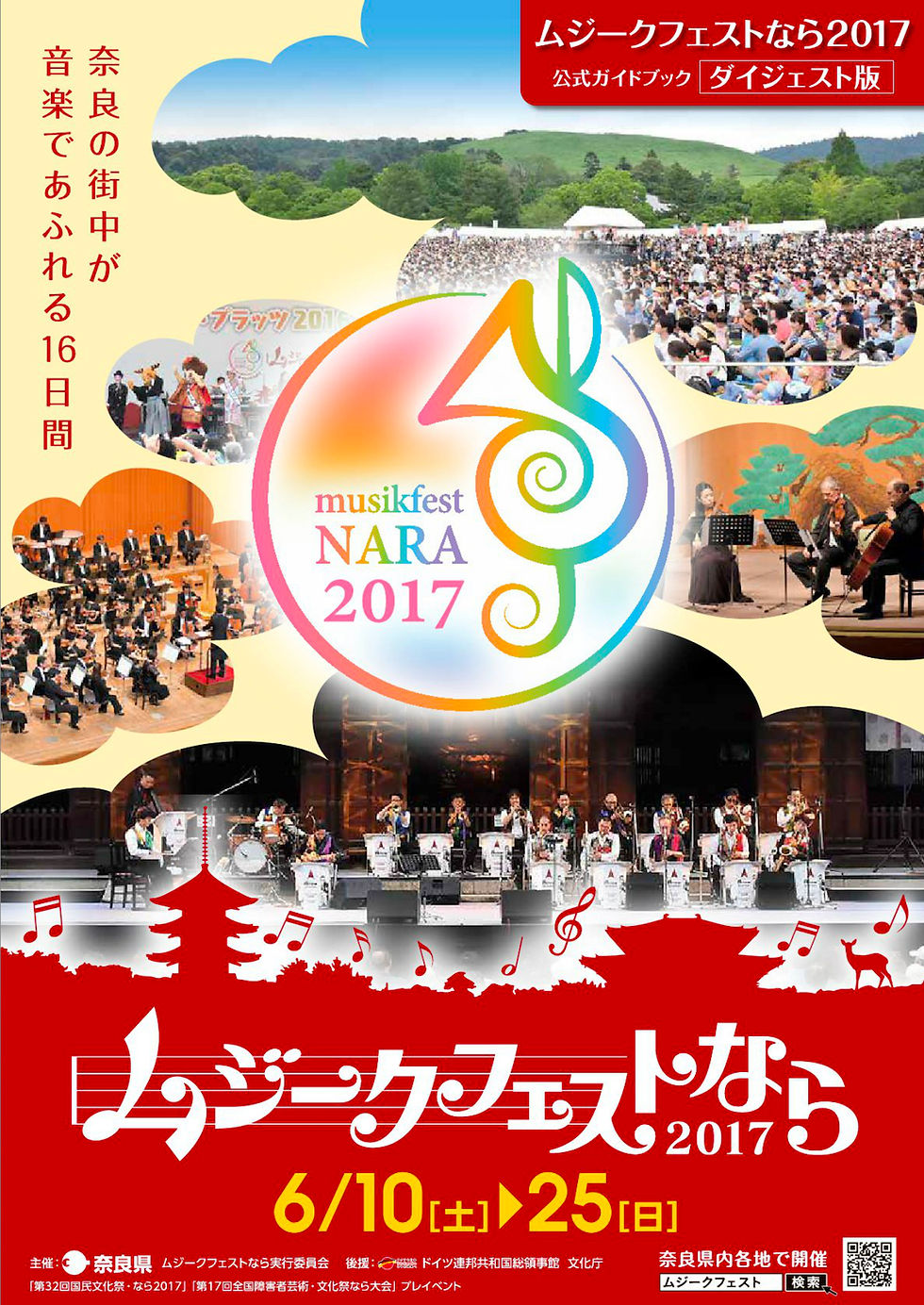Fan Scattering Ceremony
- Lee Walton

- May 9, 2017
- 3 min read
Uchiwamaki
Toshodai-ji Temple, May 19th
Temple bells toll and a crowd of worshipers scramble to catch and pick up heart-shaped uchiwa paper fans thrown by Buddhist monks from the balcony of Toshodaiji Temple's drum turret. This Mardi Gras-like scene came about because of a mosquito and an ordained monk who wouldn't allow it to be swatted.

Shortly after Heijo Palace was established as Japan's capital in 707, laws granting exemptions from taxation on those who took up Buddhism were introduced in order to spread the religion across the nation. At the time, Japanese Buddhism was still in its developmental stages, but the new laws led to a surge of people becoming monks, an attractive alternative to the often grueling life of rice farming. Japan's Emperor knew that he and the rest of the country had a lot to learn about Buddhism but there were no ordained monks in the country who could uphold Buddhist scripture and train new monks in the proper ways of Buddhism. To recruit an ordained monk the Emperor sent an emissary to China in 742.
The emissary appealed to Ganjin Wajo, a ranking monk at Daming Temple, to help them recruit an ordained monk to lecture and train new monks in Japan. Ganjin asked his disciples if any of them wished to go to Japan and teach Buddhism there. None of them did owing to the danger presented by the sea journey so Ganjin volunteered for the responsibility himself. It took Ganjin 12 years and 6 attempts to reach Japan, owing to resistance and intervention by his own disciples, the Chinese government, and bad weather conditions at sea. He had gone blind from an infection by the time he reached Japan in 754, but he was welcomed with open arms by Japan's grateful Emperor. He became the presiding monk at Todaiji Temple and performed those duties until 759 when he retired and founded Toshodaiji Temple where he lectured and bestowed the precepts of Buddhism until his death in 763.
During the Kamakura Period, more than 400 years after Ganjin’s death, a man named Kakujo Shonin became Toshodaiji Temple’s newly ordained monk. Kakujo made several reformations to the Buddhist precepts, among them the right of women to study Buddhism and the recognition that women could become enlightened. The strength of Kakujo’s devotion to his faith and the significance of his reformations were such that many of the time believed him to be the second coming of Ganjin Wajo. One day, while Kakujo was going about his practices with his disciples a mosquito landed on him. When one of his disciples tried to swat the mosquito with an uchiwa paper fan Kakujo stopped him and said, “Letting the mosquito drink my blood can be a Buddhist practice.” After Kakujo’s death, many of the nuns who had studied Buddhism with Kakujo began making yearly offerings of uchiwa paper fans to the statue of Kakujo at Toshodaiji’s Koro drum turret on the anniversary of his death, May 19th.
Since the Kamakura Period (1185-1333) the monks of Toshodaiji Temple have made heart-shaped uchiwa, blessed them with prayers (such as protection from pest insects or illness) and then thrown them to worshippers from Toshodaiji Temple’s Koro drum turret balcony every May 19th. Thousands of fans are offered from all across Japan and catching or picking up one of the fans will bestow its blessing upon the person who picked it up.
The event takes place at 3pm and participation costs ¥600 for adults, ¥400 for junior high and high school age children and ¥200 for elementary school age children. Toshodaiji Temple is in the southwest of Nara City, a 10-minute walk north of Kintetsu Nishinokyo Station.




Comments